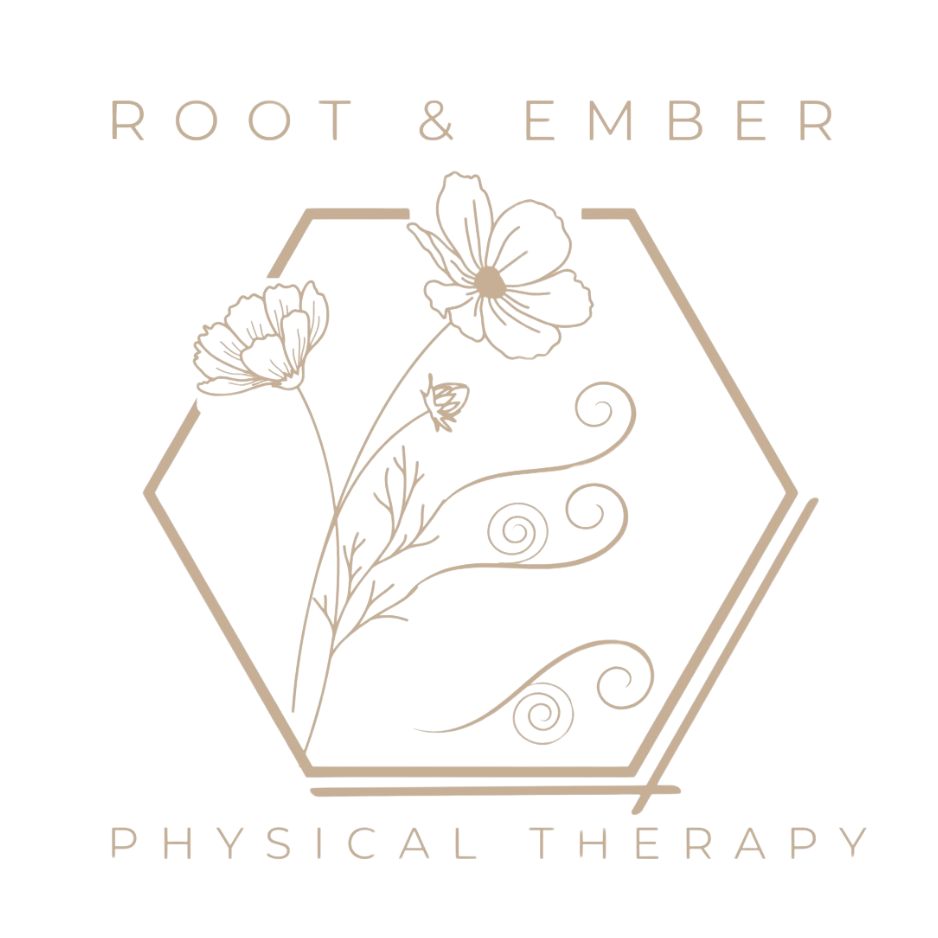The power of resourcing
Rediscovering the “Blue Side of the Coin”
One of the most important—and often overlooked—aspects of healing from chronic physical symptoms isn’t about pushing harder or diving straight into the discomfort. It’s about remembering what feels good, steady, and resourced in the body.
In Somatic Experiencing®, we call this resourcing—the process of reconnecting with internal sensations that bring ease, strength, or safety. It’s a way to give the body something more pleasant and stable to hold onto, especially when working with more challenging symptoms.
Alicen Halquist, an instructor with the Somatic Experiencing Institute, uses a powerful metaphor: she describes the difficult sensations and experiences as the red side of a coin—pain, tension, grief, or fatigue. But every coin has another side. The blue side represents what is healing, hopeful, and grounding—sensations like pleasure, curiosity, strength, and connection.
When someone has been living with chronic symptoms, the red side can feel all-consuming. The pain is clear, obvious. What often fades is the connection to the blue: to the subtle, positive sensations that support healing. This is where our work begins.
Many people come to physical therapy with their attention—and expectations—directed entirely at the place where they hurt. For example, someone with hip pain may understandably believe that all treatment should be focused on the hip. But healing is rarely that isolated. With training in orthopedic principles like regional interdependence, we understand that other areas of the body—such as the ankle, pelvis, or neck—can influence the hip’s function and pain experience via the kinetic chain, fascial slings, and movement patterns.
And we take it one step further.
At Root & Ember Physical Therapy, we also observe how the entire body is involved: how someone breathes, how their posture subtly shifts, and how tension or ease shows up in different areas—even when working with just one part of the body. We sense how someone’s awareness of their physical sensations, or interoception, changes throughout the session. We notice how manual therapy to the hip might affect sensations in the rib cage or jaw. We notice how simply orienting someone toward a memory of safety or a place that brings joy can create softening throughout the system—sometimes more effectively than direct physical intervention.
That’s resourcing in action.
This type of work is not about ignoring the hip pain—it’s about creating the conditions for the body to shift more fully and sustainably. When the nervous system has access to safety, curiosity, or pleasure, it becomes more adaptive. The body can begin to move out of its protective patterns and into ones that allow for freedom, vitality, and ease.
Resourcing isn’t a detour from the healing process—it’s the foundation that makes deeper change possible. It reminds us that not all sensations require bracing or effort. And often, it’s the connection to the blue side of the coin that allows the red to finally soften.
